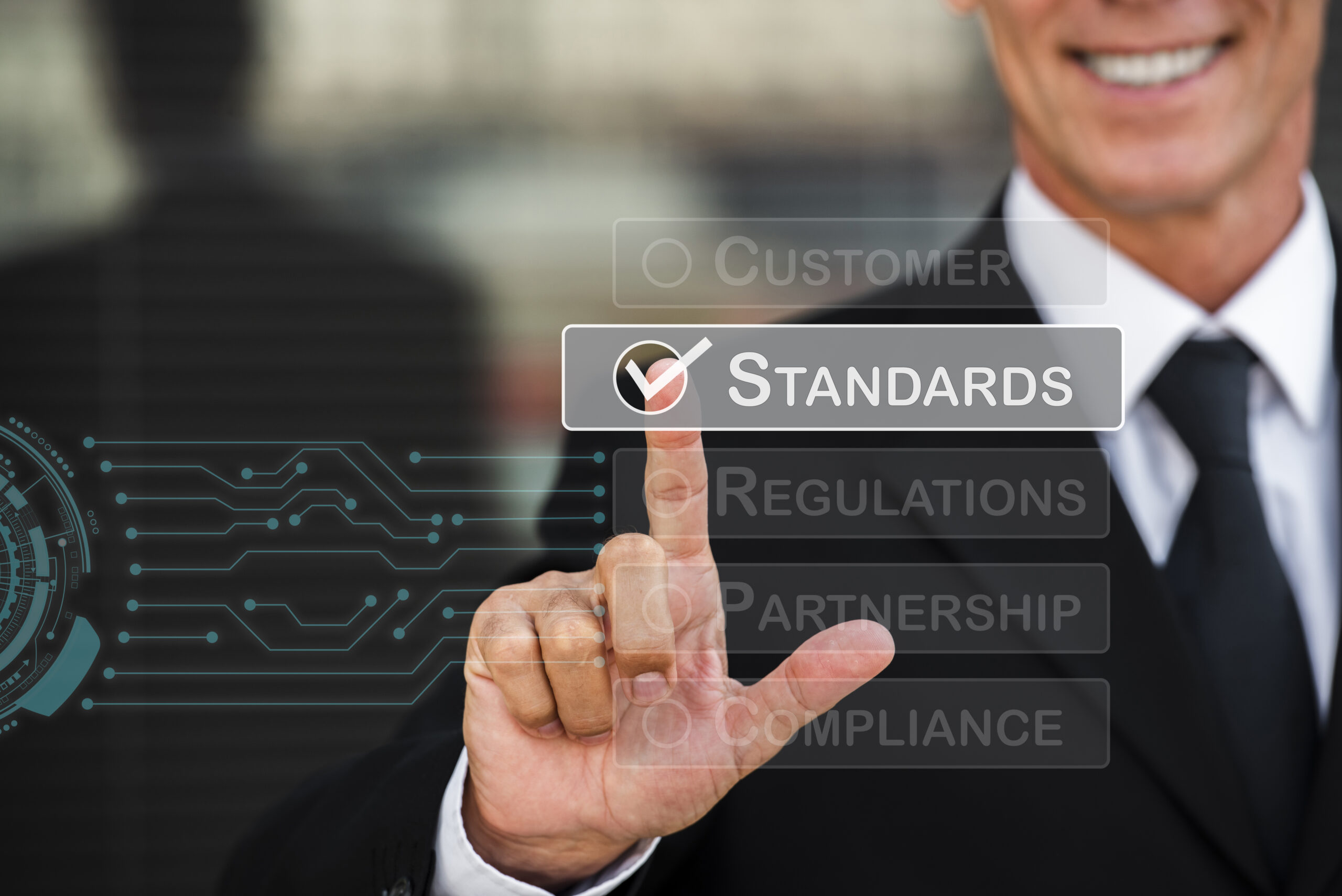Fast and accurate provider credentialing has become more important in today’s rapidly evolving healthcare landscape. Due to the surmountable pressure on the healthcare industry, speed and accuracy are inseparable concepts that can never be overlooked. Since reimbursement models are becoming an integral part of healthcare and compliance requirements are more stringent, credentialing is of the utmost importance to ensure the financial health of your practice and deliver quality patient care simultaneously. In this blog, let’s dig deeper to understand the essential steps of accurate provider credentialing thoroughly.
What is provider credentialing?
Provider credentialing is the systematic process of verifying a provider’s efficiency and skills to ensure that the provider is competent to provide effective patient care. This involves verifying many things, such as the required education, licenses, certification, training, and skills to provide the right service.
Why is credentialing important?
Credentialing isn’t just a regulatory checkbox; it’s a critical process that ensures healthcare providers meet rigorous standards, contributing directly to patient safety and care. Beyond safeguarding patient trust, credentialing has a significant impact on healthcare facilities’ financial health. Delays in credentialing—common in roughly 85% of cases—can lead to serious revenue losses, often amounting to months without reimbursement. Accuracy is essential in a process that typically takes 90-120 days. Credentialing errors can result in claim denials, with about 20% of denied claims stemming from credentialing issues alone. This underscores how essential it is for healthcare organizations to prioritize efficient and precise credentialing, creating a reliable foundation for patient care and business continuity
How does it benefit the provider?
Credentialing does more than confirm a provider’s qualifications to practice—it’s the backbone of trust, compliance, and operational success in healthcare. Here’s how credentialing benefits both healthcare providers and the patients they serve:
- Most regulatory bodies usually require accurate credentialing to issue licenses and maintain accreditation, which makes the provider compliant.
- Accurate Credentialing helps reduce claim denials, as there are fewer chances of errors and missing documents from the organization.
- Accurate credentialing helps the provider maintain a consistent revenue flow, as the provider can bill the insurance provider for the treatment given to eligible patients.
- Credentialing helps build trust in patients, as competent practitioners with extreme professionalism treat them. This prevents critical issues like incompetence and malpractice.
Essential steps for fast and accurate provider credentialing
But how does credentialing actually happen? What are the essential steps for fast and accurate provider credentialing? You might insist on knowing the answers to these questions.
Wait. That’s what this blog is all about. So, let’s jump in to understand the essential steps involved in credentialing.
The federal Centers for Medicare and Medicaid Services (CMS) and the Joint Commission on Accreditation of Healthcare Organizations are the premier bodies in the USA. These two say that healthcare providers should be credentialed mandatorily. Healthcare services that don’t follow the regulations laid by CMS are not eligible for Medicare and Medicaid reimbursement, and the Joint Commission accredits only those who follow its regulations.
What are the essential steps involved in credentialing, then?
Comprehensive data collection
Accurate credentialing starts with laying the foundation for the process by gathering all the required data and documents about the provider. These documents include
-Professional license
-Work history
-Certifications
-Malpractice Insurance certificate
-References
-Bank statements
Thorough verification
Once all the necessary data is gathered, the next step is to verify and cross-check all the documents. This is the most important and lengthy process as it requires contacting all the primary sources, such as medical schools, licensing boards, and previous employers, to confirm the authenticity of the information provided earlier.
Side note: Since this process is lengthy and takes a lot of time, automated tools and technology can be employed to speed it up. Thus, human errors can be reduced.
There is also the option of outsourcing this process to the Credential Verification Organization, which has the expertise and specializes in this task.
Submitting application
After confirming the authenticity of all the information, the next crucial step is to create the CAQH (The Council for Affordable Quality Healthcare) ProView profiles to make all the data sources available openly, making it easier for third-party payers to access.
Completing the procedures for applying for insurance panels, hospital privileges, and Medicare/Medicaid enrolments is also important to move forward.
Monitor
Applying and submitting the document is not enough in provider credentialing as it is a lengthy process. You need to keep monitoring it proactively, as the speed of the process depends on multiple follow-ups. There needs to be regular status checking with the credentialing entities.
The better way to handle this is to prepare and stick to the standard follow-up schedule.
Quality checks
Ensuring the authenticity
You have to make sure CAQH has a valid W-9 and has obtained the malpractice certificate. If the valid dates are not mentioned it rejects your application. Besides this, you need to be stringent in checking up on any missed or pending documents which further will have the chances of delaying the credentialing process.
Finalizing credential decision
After verifying all the details and information, a comprehensive report summarizing all the details will be prepared and submitted to the accreditation committee. Then, after reviewing everything, the committee grants the credentials to the healthcare provider, enabling them to start serving the patients with care. Reinforcing transparency in this credentialing ensures trust in all the stakeholders.
Conclusion
There cannot be a better choice than outsourcing the provider credentialing process since it’s lengthy and tedious. This process wastes a lot of time and effort, which could be invested in streamlining medical operations and serving patients with better quality. Med Karma specializes in this and can help you in your credentialing process. Contact us today to help us understand you better.

